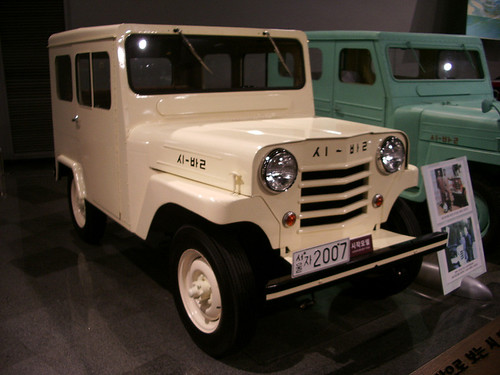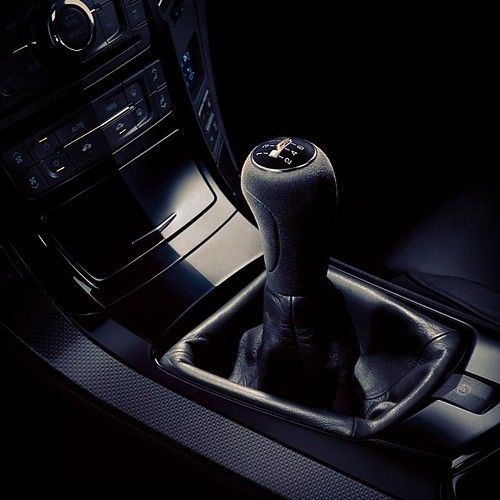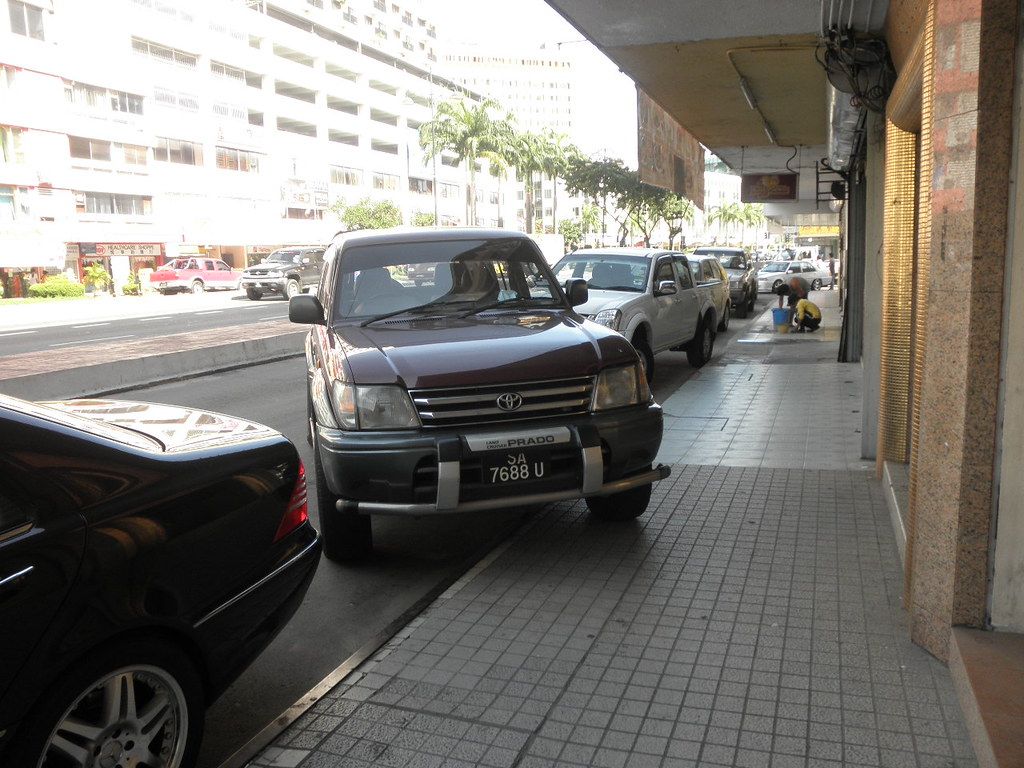
Parallel parking. For many drivers, the mere mention of it can conjure up images of missed opportunities, frustrated sighs, and the dreaded scramble to find an easier spot. It’s a maneuver that often feels like a high-stakes performance, especially in bustling urban environments where every inch counts. But what if there was a way to strip away the anxiety, to move beyond relying solely on technology or even feeling utterly dependent on your mirrors for every micro-adjustment? What if you could learn to park with an almost intuitive understanding, like a seasoned veteran who simply ‘feels’ the space? This guide is designed for you.
Our mission is to demystify parallel parking, transforming it from a source of stress into a testament to your driving prowess. We’ll explore techniques that build genuine spatial awareness and vehicle control, allowing you to master this essential skill with confidence and precision. You’ll discover how to leverage fundamental principles, internal reference points, and smart practice strategies to navigate tight spots flawlessly, turning a daunting task into a smooth, effortless maneuver.
This isn’t about ditching every aid entirely, but about cultivating a deeper connection with your vehicle and its surroundings. It’s about achieving a level of mastery where you instinctively know where your car is in relation to the curb and other vehicles. By focusing on proven methods and practical application, you’ll not only conquer parallel parking but also elevate your overall driving skillset, preparing you for any parking challenge the road throws your way.
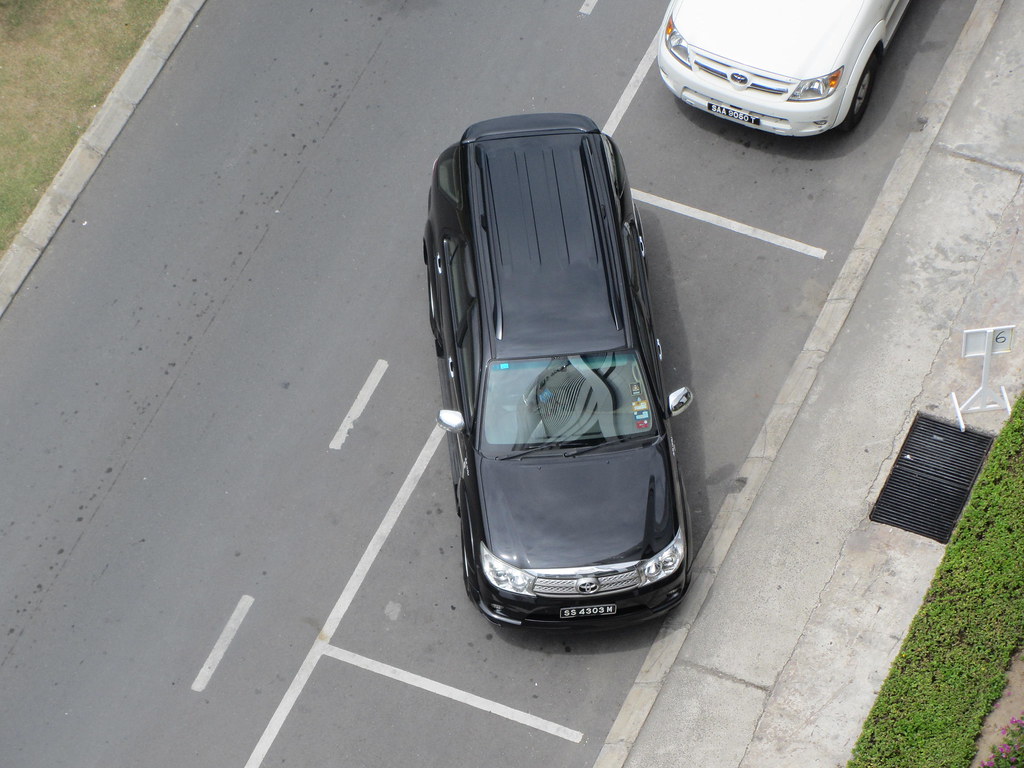
1. **Understanding the Core Principles of Parallel Parking**At its heart, parallel parking is a fundamental urban driving maneuver. It involves carefully positioning your vehicle into a space alongside a curb, typically nestled between two other parked cars. This skill is far more than just a test requirement; it’s a daily necessity for navigating busy city streets where parking spaces are a precious commodity.
Mastering this maneuver means you won’t be perpetually circling the block, searching for an easy-in spot. Instead, you’ll possess the capability to utilize compact spaces efficiently and effectively. It’s a foundational element of confident driving, proving your ability to control your vehicle with precision in confined areas.
Moreover, a solid understanding of parallel parking lays the groundwork for improved spatial awareness across all driving situations. The precise judgments of distance, angle, and vehicle dimensions required here directly translate into better lane positioning, tighter turns, and overall safer driving habits. This initial grasp of its importance is your first step toward true mastery.
Read more about: Your Next 250,000-Mile Ride: Rating 7 Top Hatchbacks and Versatile Compacts for Ultimate Longevity
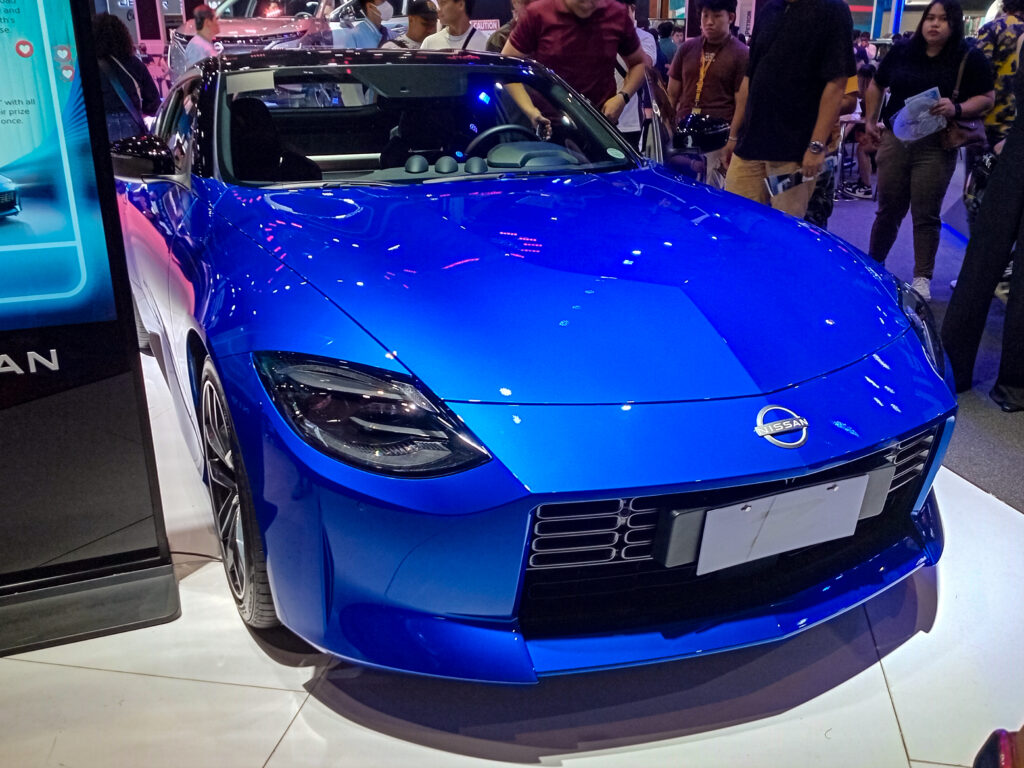
2. **Why Practice Without Over-Reliance on Aids is Crucial**Modern vehicles often come equipped with an array of parking aids, from rearview cameras to sophisticated parking sensors. While these technologies undoubtedly make parking easier, they also harbor a hidden drawback: they can foster a reliance that ultimately hinders your fundamental driving abilities. Becoming overly dependent on these systems can prevent you from developing crucial spatial instincts.
Learning to parallel park using your own judgment encourages significant improvements in several core driving competencies. You’ll develop a sharper sense of your vehicle’s dimensions, enhance your hand-eye coordination, and refine your ability to judge distances accurately without a screen or beeping alert. These are invaluable skills that serve you far beyond just parking.
Furthermore, not every vehicle you drive or encounter will be outfitted with advanced parking cameras or sensors. By honing your manual parallel parking skills, you ensure adaptability and competence regardless of the vehicle’s features. This independence from technology is a hallmark of a truly skilled and confident driver, ready for any situation.
Read more about: Beyond the Dashboard: Unveiling 9 Life-Saving Car Features Drivers Don’t Use or Even Know Exist
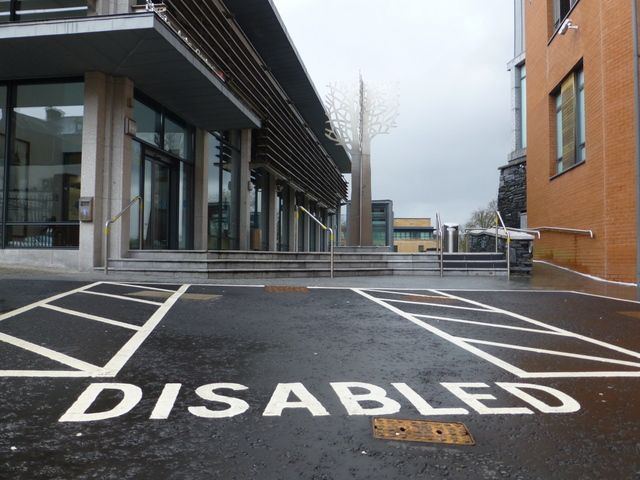
3. **Finding the Optimal Parking Space**The journey to a perfectly executed parallel park begins long before you touch the steering wheel: it starts with identifying the right space. A common mistake many drivers make is attempting to squeeze into a spot that is simply too small. For successful parallel parking, aim for a space that is at least one and a half times the length of your vehicle. This provides sufficient room for your maneuvering arc.
Beyond just length, evaluate the entire parking environment. Ensure the spot you choose is not obstructing driveways, fire hydrants, or crosswalks. You also need enough clearance to avoid hitting the vehicles already parked, both in front and behind your intended space. A quick visual scan for potential obstacles—like poles, trash cans, or uneven curbs—is always a smart move.
Taking an extra moment to find a suitable space saves you frustration, potential damage, and the need to restart the maneuver. A well-chosen spot allows you the grace and room needed to execute the parking sequence smoothly, setting you up for success from the very beginning. Remember, patience in selecting your spot is key to precision in your park.
Read more about: Financial Freefall: The 15 Cars That Will Absolutely Decimate Your Wallet with Depreciation
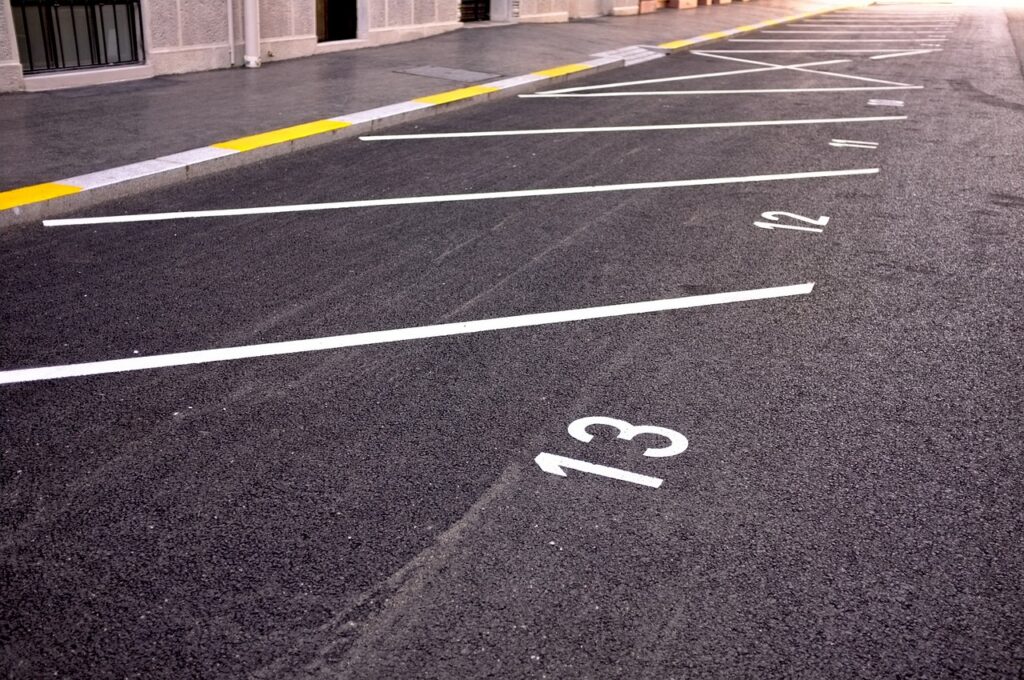
4. **Signaling Your Intentions and Initial Vehicle Positioning**Once you’ve identified your ideal parking spot, the next critical step is to communicate your intentions clearly to other drivers. Activating your turn signal is not just a courtesy; it’s a vital safety measure that alerts traffic behind you to your planned maneuver. This gives them time to react and adjust their speed, preventing potential collisions and creating a safer environment for your parking attempt.
Following your signal, the crucial initial positioning begins. Pull your vehicle up parallel to the car parked directly in front of your chosen space. This alignment is fundamental for establishing the correct entry angle. Your goal here is to match the front vehicle’s position and orientation as closely as possible, creating a straight line between the two vehicles.
Maintain a consistent distance of about two to three feet from the vehicle to your left (if parking on the right side of the road). This gap is essential; too close, and you won’t have enough room to swing your front end into the spot; too far, and you risk hitting the curb or being too far from it once parked. This precise initial setup is the backbone of a successful parallel park, minimizing errors later on.
Read more about: Conquer the Curb: Your Ultimate Lifehacker Guide to Banishing Parallel Parking Nightmares Forever

5. **The Art of Reversing: Initial Steer and The Reference Point Method**With your vehicle correctly positioned and your surroundings checked, it’s time to initiate the reverse maneuver. Shift your car into reverse and begin to turn your steering wheel all the way towards the curb. If you’re parking on the right side of the street, this means turning the wheel fully to the right. This sharp initial turn sets the angular trajectory for your vehicle to begin entering the space.
As you reverse, the ‘Reference Point’ method becomes your most powerful tool for intuitive parking. Instead of solely relying on mirror judgment, focus your attention on the rear of your vehicle and use the surrounding parked cars as concrete visual guides. A crucial reference point is when the back of your car aligns with the back bumper of the vehicle you are parking beside. This visual cue tells you precisely when to transition to the next stage of steering.
Once this alignment is achieved, with the rear of your car roughly even with the parked car’s bumper, you’ll need to straighten your steering wheel. Continue backing up slowly, keeping a keen eye on your reference points. This methodical approach, driven by clear visual cues rather than constant mirror calibration, significantly enhances your spatial awareness and reduces the guesswork involved in the initial angle.
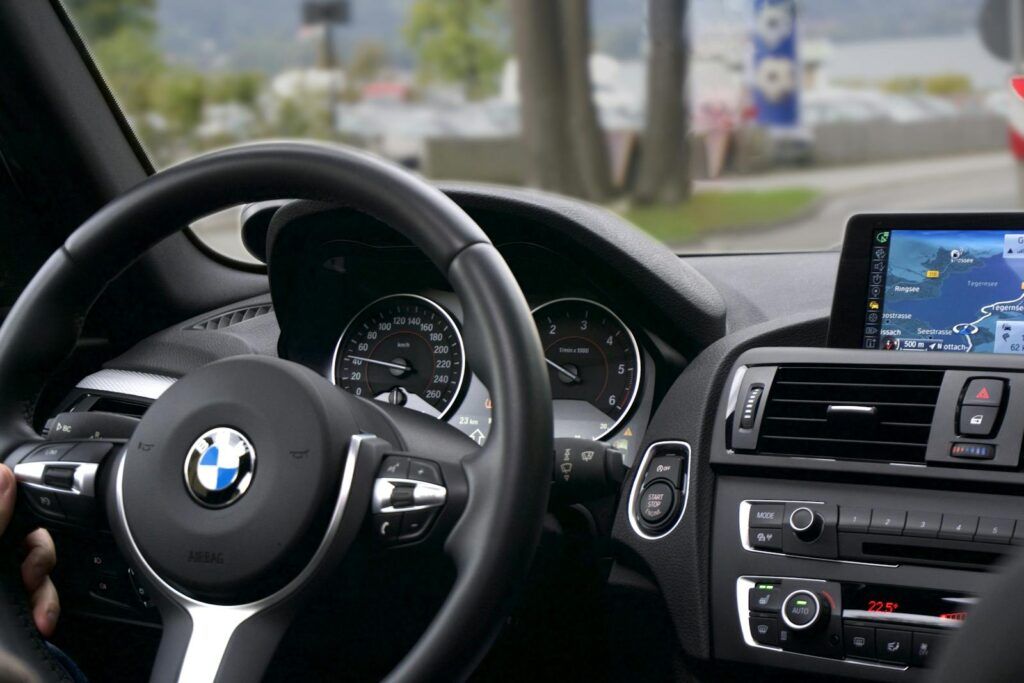
6. **Straightening Your Vehicle for a Smooth Entry**After successfully navigating the initial sharp turn and establishing your alignment using the reference point method, your vehicle will be partially angled into the parking space. Now comes the moment to straighten out and guide your car smoothly into its final position. As you continue to reverse, it’s time to counteract your initial steering input.
Begin turning your steering wheel in the opposite direction from your initial turn – so, to the left, if you were originally turning right. This action will start to pull the front of your vehicle into the space while the rear continues its arc towards the curb. The goal is a gradual, controlled straightening, allowing your car to settle naturally into the parking bay.
During this phase, maintain a slow, deliberate speed. Rushing can easily lead to over-correction or misjudgment. The controlled movement allows you to observe how your car responds to the steering input and make any minor adjustments on the fly, ensuring a graceful and precise entry into the space. This is where the ‘feel’ of the car truly starts to develop.
Read more about: Conquer the Curb: Your Ultimate Lifehacker Guide to Banishing Parallel Parking Nightmares Forever
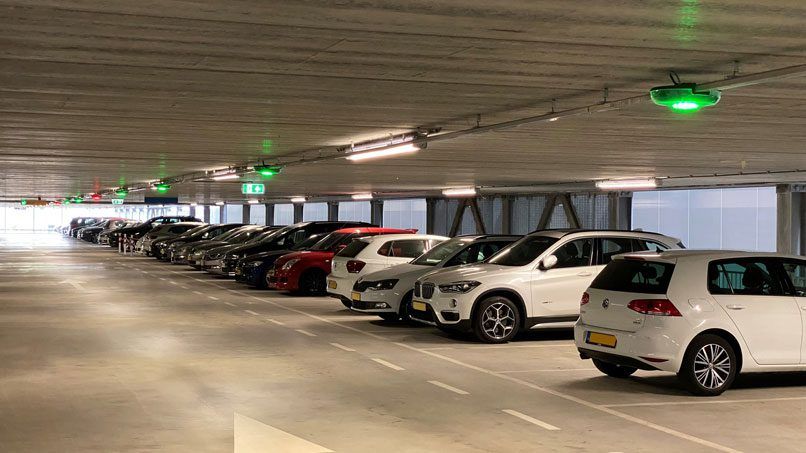
7. **Making Final Adjustments for Perfect Alignment**It’s rare, even for experienced drivers, to land perfectly parallel and centered on the first attempt. Don’t fret if your initial positioning isn’t flawless; making minor adjustments is a standard and acceptable part of the parallel parking process. The key is to refine your position with precision, ensuring your vehicle is safely and legally parked.
If you find yourself too far from the curb, too close to one of the parked vehicles, or not quite straight, simply shift your gear to ‘Drive.’ Pull forward gently, adjusting your steering as needed to correct your angle. Then, shift back into ‘Reverse’ and back up slightly, again, making small steering inputs to achieve the desired alignment.
The aim is to have your vehicle sitting parallel to the curb, ideally about 6-12 inches away, and centered between the two parked cars. Take your time with these final touches; a series of small, careful movements is always better than one large, hurried correction. This iterative adjustment process demonstrates your mastery over the vehicle and the parking environment.
Read more about: Beyond the Glamour: When Film Productions Become ‘Problem Children’ and Test Every Crew’s Mettle

8. **The Indispensable Power of Consistent Practice**True mastery in parallel parking, much like any complex skill, isn’t achieved in a single attempt. Regular practice is truly vital for becoming adept at this maneuver, solidifying the techniques learned and transforming them into an almost instinctual response. It’s the repeated motion, the consistent engagement with the steps, that builds the neural pathways for effortless execution.
To maximize the benefits of your practice sessions, it’s wise to start in a less busy area where you won’t feel rushed or stressed. An empty parking lot or a quiet residential street during off-peak hours provides the ideal low-pressure environment to hone your skills. Once you’re comfortable and confident with the basics, then gradually move to locations with moderate traffic to simulate real-world conditions.
Consistency, rather than infrequent lengthy sessions, yields the best results. Regular practice, ideally several times a week, helps develop crucial muscle memory, allowing your body and mind to internalize the timing and steering inputs. Short, focused sessions are far more effective than trying to cram all your practice into one long, exhausting attempt, ensuring sustained concentration and better retention of learning.
Building confidence is a direct outcome of this systematic practice. By incrementally increasing the difficulty level as you become more comfortable, you progressively overcome anxiety and reinforce your capabilities. This steady progression from controlled environments to more dynamic ones is the proven path to turning parallel parking from a challenge into a second-nature skill.
Read more about: The Silent Drain: 11 Luxury Sedans Whose Resale Value Vanished Overnight
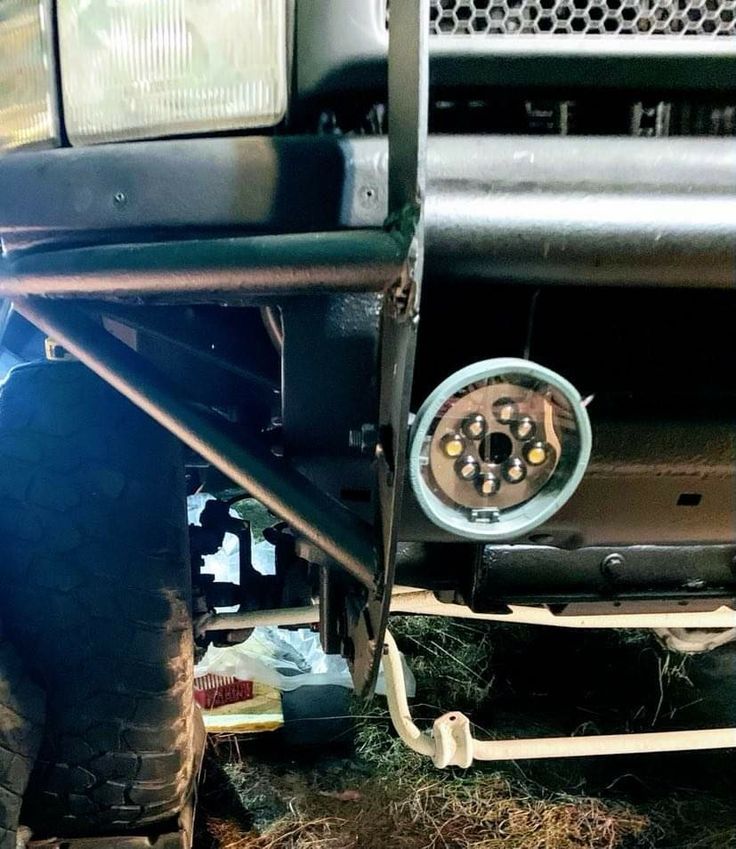
9. **Mastering Angles and Distances with Intuitive Judgment**While following steps is important, mastering parallel parking ultimately hinges on developing an intuitive judgment of angles and distances. This goes beyond rote memorization; it’s about truly understanding how your vehicle moves in relation to its surroundings. Cultivating this spatial awareness is what separates a competent parker from a truly masterful one.
Understanding angles is an integral part of parallel parking. Learning the proper angles at which to start your maneuver and when to adjust your steering is paramount. This knowledge will drastically reduce the chances of scraping your vehicle against surrounding cars and curbs, ensuring a smooth and safe entry into the space without unnecessary bumps or scrapes.
When it comes to gauging the distance from the curb, experience and visual cues become your best allies. A general rule of thumb is to aim for a distance of about 6-12 inches from the curb. Your side mirrors can provide a clear view here; when you see the curb appearing steadily in your mirrors, it’s a good indicator that you are nearing your desired distance, allowing for precise adjustments.
Another critical reference point is the alignment of your vehicle with the parked cars’ bumpers. When the back of your car is roughly in line with the rear bumper of the vehicle you are parking behind, it provides a powerful visual cue for initiating the next phase of your turn. Practicing these visual correlations consistently will significantly improve your judgment and lead to more consistent, accurate parking every time.
Read more about: Mastering Highway Exits: A Consumer Reports Guide to Safe, Smooth, and Stress-Free Departures Without Cutting Off Other Drivers
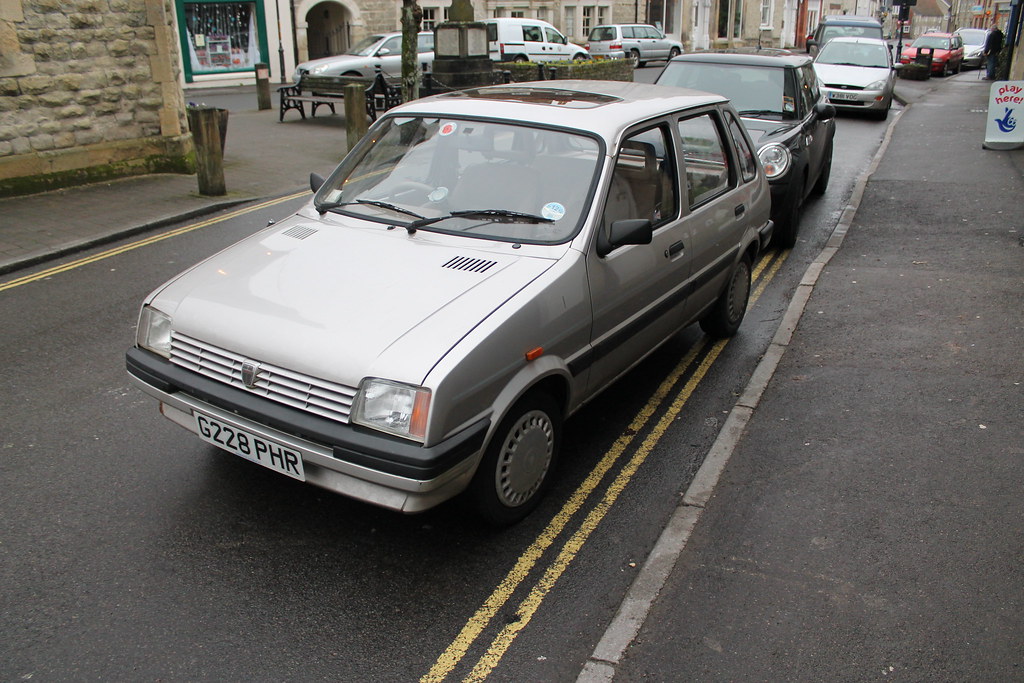
10. **Cultivating Calm and Patience Under Pressure**Parallel parking can often feel like a high-stakes performance, especially if there’s a line of impatient cars behind you or pedestrians watching. It’s easy to become flustered under these conditions, but maintaining a calm and patient demeanor is absolutely critical for success. Rushing through the steps is one of the quickest ways to make mistakes, leading to frustration and potential errors.
Remember to take your time and execute each step carefully, without letting external pressures dictate your pace. A momentary pause to reassess your position and surroundings is far better than a hurried, ill-judged maneuver. This deliberate approach allows your brain to process visual information and make accurate steering corrections, minimizing the chances of error.
Overcoming anxiety when parallel parking is a common hurdle, but it’s entirely surmountable. Acknowledge that feeling anxious is a normal experience and that the best way to combat it is through dedicated practice in a low-stress environment. Starting your practice in quiet areas allows you to build confidence without the added pressure of an audience or traffic.
To manage anxiety in real-time, consider incorporating simple relaxation techniques such as deep breathing. A few slow, deliberate breaths can help recenter your focus and calm your nerves. By consciously choosing patience and employing these techniques, you empower yourself to tackle parallel parking with a composed and confident mindset, even when the pressure is on.
Read more about: Hoda Kotb’s Journey: How Wisdom and Love Transformed the “Ouch” of Being an Older Mom

11. **Avoiding Common Parallel Parking Pitfalls**Even with the best intentions and techniques, drivers can fall into common traps when parallel parking. Awareness of these pitfalls is your first line of defense, enabling you to anticipate and actively avoid them for a smoother, safer experience. Mastering what *not* to do is just as important as knowing what *to* do.
One significant mistake is failing to check your blind spots. This oversight can lead to dangerous situations, particularly when reversing into a busy street where cyclists, pedestrians, or other vehicles might suddenly appear. Always be aware of your surroundings; a thorough visual sweep before and during the maneuver is non-negotiable for safety.
Another prevalent issue is going too fast. Speeding during the parking process dramatically increases the likelihood of errors, making precise adjustments difficult. Instead, maintain a slow, controlled speed throughout the entire maneuver. Taking your time allows for better judgment, quicker reactions to unexpected movements, and the ability to make nuanced steering corrections without overshooting your mark.
What happens if you misjudge the space or find yourself stuck? The key is not to panic. If you realize you’re struggling, halt your movements, assess your surroundings for obstacles, and then calmly consider your next step. Don’t hesitate to pull forward and retry entering the space again. Taking a moment to re-evaluate and reset can significantly improve your chances of success, demonstrating control rather than panic.
Read more about: Navigating New Car Warranties: Spotting the Best, Understanding Manufacturer Challenges, and Avoiding Costly Pitfalls
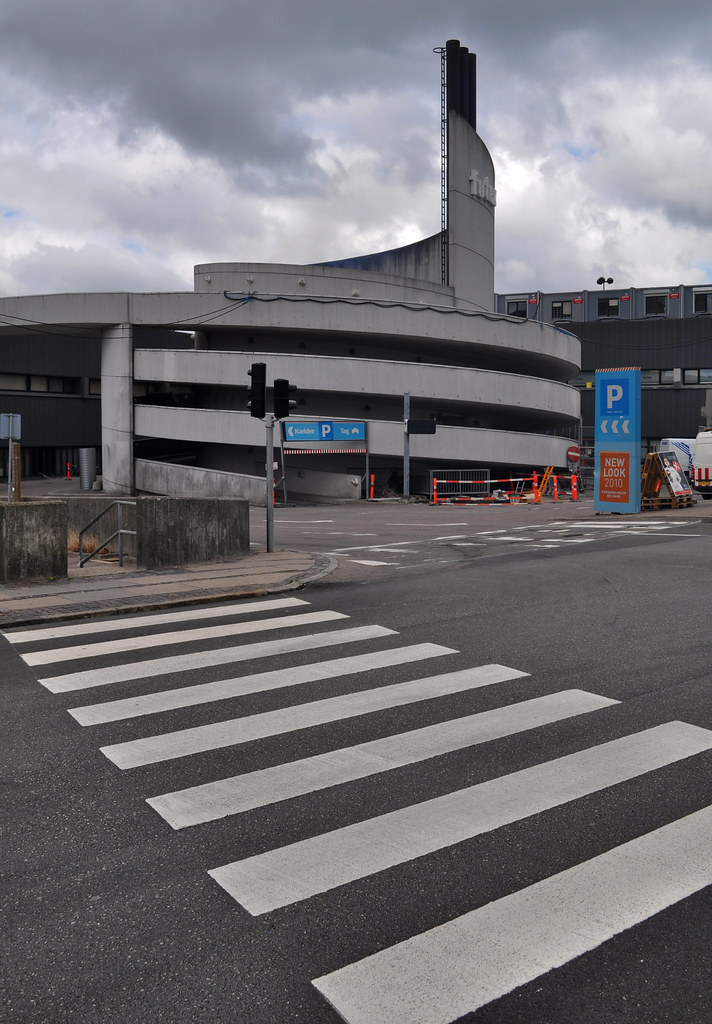
12. **Advanced Techniques: The Pull-in and Utilizing Landmarks**For those who have mastered the foundational parallel parking techniques and are looking to refine their skills further, several advanced strategies can enhance efficiency and spatial awareness. These techniques move beyond the standard approach, offering more intuitive ways to interact with the parking environment and adapt to diverse situations.
One such technique is ‘The Pull-in Technique,’ which can be particularly useful when the parking space is notably spacious. Instead of the traditional reverse entry, you simply pull your vehicle forward past the space, then back into it. This maneuver can save time and reduce the potential for damage by giving you a wider, less acute angle for entry, making it an excellent option for more generous parking bays.
Another expert strategy involves ‘Utilizing Landmarks As Guides.’ This means familiarizing yourself with local landmarks or even recognizing certain vehicles on the street that can serve as subtle, yet concrete, reference points. Neighborhood landmarks like specific trees, street signs, or even distinct markings on a building can significantly enhance your spatial awareness and provide consistent markers for precise positioning without cones.
These advanced techniques aren’t about reinventing the wheel but rather about leveraging your growing confidence and understanding of vehicle dynamics. By integrating the pull-in method or using environmental landmarks, you develop a more fluid and adaptable approach to parallel parking, empowering you to navigate even the trickiest parking scenarios with seasoned expertise.

13. **Practicing with Different Vehicle Sizes for Adaptability**Becoming a truly adept parallel parker involves more than just mastering the maneuver in your everyday car; it demands adaptability across various vehicle types. Each car, from a compact sedan to a larger SUV, possesses unique dimensions and handling characteristics that significantly impact how it parallel parks. Embracing this variety in your practice is crucial for comprehensive skill development.
To genuinely enhance your adaptability, actively seek opportunities to practice maneuvering different sizes of vehicles. This could mean borrowing a friend’s car, utilizing a rental, or simply paying attention to how other vehicles around you respond to similar parking inputs. Understanding these differences builds a versatile skill set that isn’t limited to a single vehicle.
This broadens your understanding of a vehicle’s turning radius, blind spots, and overall footprint. When you can confidently parallel park a smaller car and then seamlessly transition to a larger truck, you demonstrate a profound grasp of spatial awareness and vehicle control. This practical knowledge is invaluable, preparing you for any parking challenge, regardless of the vehicle you happen to be driving.
Ultimately, practicing with diverse vehicle sizes empowers you to approach unfamiliar cars with confidence, knowing you can quickly assess their dimensions and adapt your technique. It’s about building a robust, transferable skill that makes you a more competent and versatile driver in any parking scenario, from urban streets to tight residential lanes.
Read more about: Navigate Rush Hour Like a Pro: 13 Lifehacker-Approved Strategies for a Smoother, Safer Commute
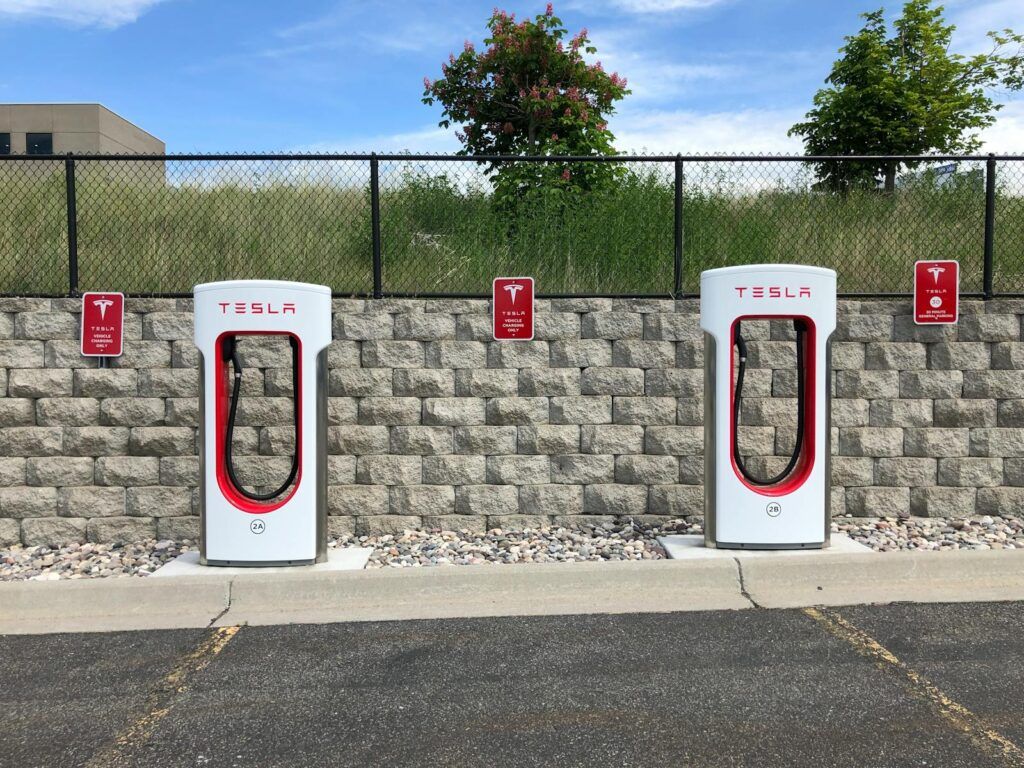
14. **Simulating Parking Spaces Without Cones: Everyday Objects & Natural Markers**For many aspiring parallel parking pros, the idea of practicing without traditional cones might seem challenging. However, you can effectively simulate parking spaces using everyday objects and natural markers, fostering realistic scenarios that build confidence and precision without needing specialized equipment. This creative approach makes practice accessible anywhere.
When cones aren’t available, readily accessible household items can serve as excellent substitutes. Empty cardboard boxes, sturdy buckets, or even a pair of old shoes can be strategically placed along a curb or driveway to mimic the dimensions of parked cars. Ensure these objects are clearly visible from your driver’s seat to aid in maneuvering and judgment of space, creating a practical and safe practice environment.
To set up your practice area effectively, choose a flat and quiet space, like a driveway or an empty parking lot. Place your chosen objects at intervals that correspond to typical vehicle lengths—around 6 feet (1.8 meters) apart—to accurately recreate the constraints of a real parking spot. This helps you refine steering input and distance judgment without the risk of damaging actual vehicles.
Beyond household items, natural markers present in your environment can also be incredibly useful. Utility poles, mailboxes, tree trunks, or even pavement cracks and road markings can act as fixed reference points. Utilizing these elements helps you to gauge distances and angles, sharpening your spatial awareness in ways that directly translate to real-world parking situations, where cones are rarely found.
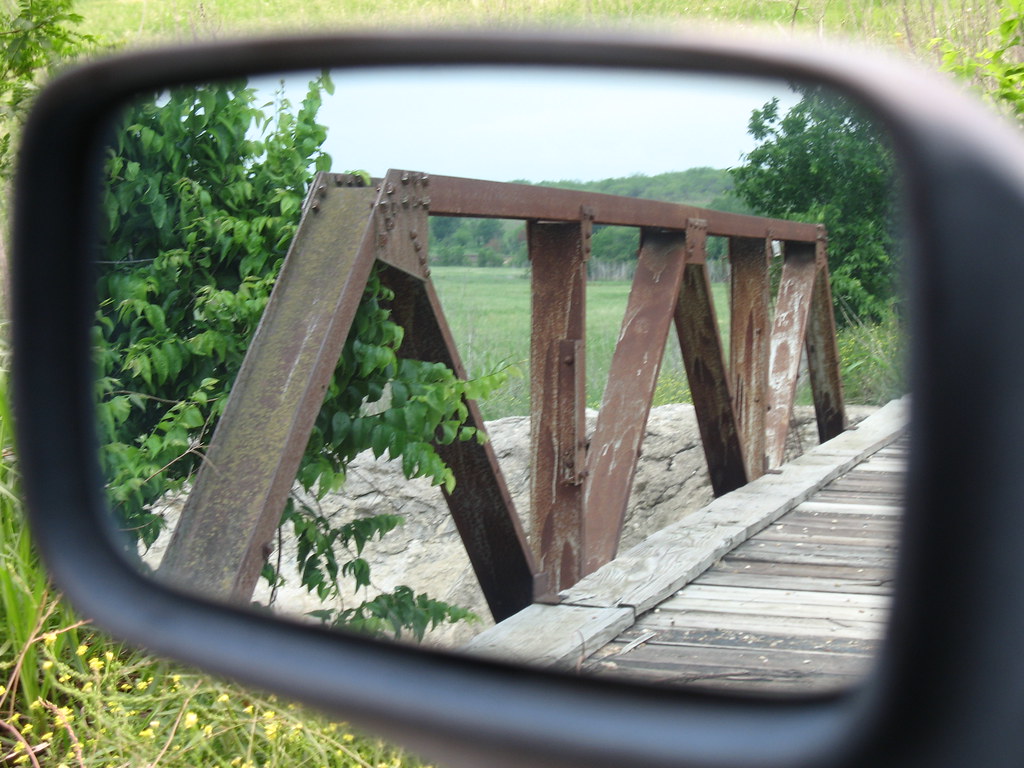
15. **Utilizing Internal Vehicle Reference Points and Visual Cues for Enhanced Spatial Awareness**Developing an internal, intuitive sense of your vehicle’s position in space is paramount to mastering parallel parking without relying on external aids. This involves consciously identifying and utilizing internal vehicle reference points and various visual cues that provide invaluable feedback on your proximity to curbs and other cars. It’s about cultivating a deeper connection between you and your vehicle.
Begin by identifying fixed points on your car that you can consistently relate to external landmarks. For instance, the alignment of your side mirrors, the corner of your dashboard, or even specific points on your door handles can serve as reliable visual anchors. Practice correlating these internal points with the curb edge or the bumpers of adjacent vehicles as you maneuver, building a mental map of your car’s position.
Additionally, you can enhance your spatial judgment by setting up subtle visual cues inside the vehicle. Attaching removable sticky notes or small pieces of tape on your windows, aligned with specific external points, can act as temporary, personalized markers. The center of your steering wheel, when aligned with certain external objects, can also provide a strong indicator of your vehicle’s angle and direction during entry.
This continuous practice of connecting internal vehicle features with external markers is a powerful technique for improving spatial awareness. It helps you understand your vehicle’s footprint and how it interacts with the parking space more instinctively. Over time, these deliberate observations will become second nature, allowing you to judge distances and angles with remarkable precision and confidence, making parallel parking an effortless dance with your car and its environment.
Conquering parallel parking, especially without constant reliance on technological assistance, is a true testament to your driving skill and adaptability. By embracing consistent practice, refining your judgment of angles and distances, and approaching the maneuver with a calm and patient mindset, you’re not just parking a car—you’re mastering an art. The journey involves recognizing and avoiding common pitfalls, exploring advanced techniques like the pull-in, and challenging yourself with different vehicle sizes. Moreover, you’ve learned to transform your surroundings into a dynamic practice ground, utilizing everyday objects and natural markers to build an intuitive spatial awareness. This comprehensive approach empowers you to utilize internal vehicle reference points and visual cues, fostering an innate understanding of your car’s dimensions in any situation. As you diligently apply these strategies, you will undoubtedly find yourself navigating urban landscapes with unparalleled confidence and precision. Embrace the process, trust your growing instincts, and enjoy the satisfaction of becoming a true parallel parking pro, ready for whatever the road throws your way. Happy parking, indeed!

